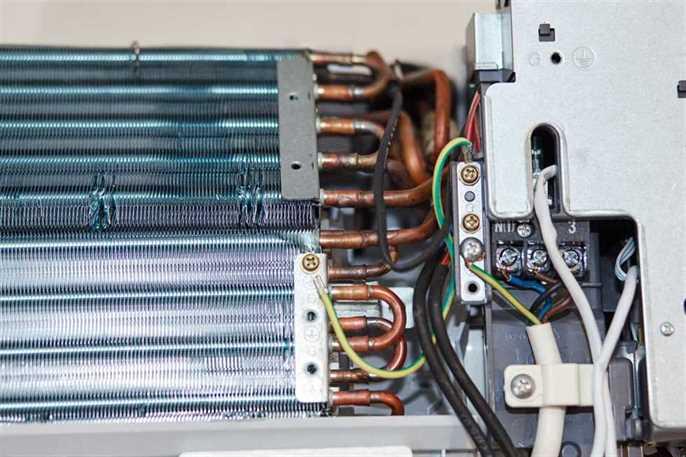
It’s no secret that our city can drop to dangerously low temperatures in the winter. For 8 months out of the year in Winnipeg, you rely on your furnace to keep your family warm.
But there’s something that poses a bigger threat than a broken furnace: one with a faulty heat exchanger.
Furnaces can’t operate safely without a functional heat exchanger. Let’s get into why this system is important for indoor air quality, and what you can do if you suspect yours is broken:
What Does a Heat Exchanger Do?
The heat exchanger is a critical component of your furnace. To produce heat, a process of combustion occurs—the heat exchanger is what separates gasses (like carbon monoxide) from breathable air.
But if something goes amiss, your home might fill up with carbon monoxide. Symptoms of CO poisoning include nausea, vomiting, dizziness, and confusion. Breathing in high quantities of this gas can kill you. It’s an unsettling thought, to say the least.
With that in mind, you know why it’s important to have your furnace inspected annually. Regular check-ups ensure that your indoor air isn’t being contaminated by harmful flue gasses.
Why Do Heat Exchangers Break Down?
We know that when metal heats up, it expands, and when it cools down, it contracts.
Now think about the metal heat exchanger inside your furnace. Each time it receives an influx of warm air, it changes shape—then, it gradually cools and returns to its original parameters. Over time, this can cause the metal to deform. It makes way for cracks or holes to develop. The metal may also become corroded, rusty, or built up with soot, leading to further problems.
If your furnace makes strange sounds at night (like rattling or clicking noises), be suspicious of the heat exchanger.
Are you familiar with the pilot light in your furnace? The colour of the flame should be blue. If it changes, that could mean the oxygen or gasses in your furnace have shifted.
A sure-fire sign that something is amiss with your indoor air is if your carbon monoxide detector goes off. When you hear this noise, don’t ignore it. Call for help as soon as possible and evacuate your home immediately. However, a CO alarm alone isn’t effective enough at detecting all issues with your furnace.
Ultimately, the most reliable way to identify a heat exchanger issue is to call a professional HVAC technician for an inspection. It’s difficult to perform a visual assessment on your own—on many models, the heat exchanger is mostly out of view.
Call a Professional
If you look up “how to inspect a heat exchanger” online, you’ll find all sorts of DIY solutions. But this isn’t the type of fix that you can take a gamble on. If you misdiagnose the issue, or overlook the problem and delay a repair, it can have serious consequences.
A heat exchanger isn’t something you should fix on your own—a flue gas leak can be fatal. At Provincial Heating and Cooling, we offer maintenance and furnace repair in Winnipeg. Call us whenever you need a furnace inspection!

